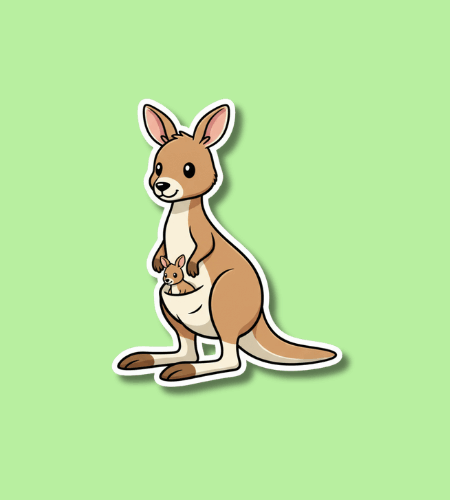World Kangaroo Day, or National Kangaroo Awareness Day in Australia, observed every year on October 24, is a special day dedicated to celebrating the kangaroo—Australia’s iconic marsupial—and raising awareness about its protection and the challenges it faces. The date marks a time when people everywhere are invited to appreciate the kangaroo’s role in nature and culture, and consider how we can support its future.
Table of Contents
History of World Kangaroo Day
The first World Kangaroo Day was launched in 2020 by the organization Kangaroos Alive, in collaboration with the Animal Justice Party, as a means of drawing global attention to kangaroo conservation and welfare issues. 1
In 2021 the day took on additional cultural significance when Max Dulumunmun Harrison of the Yuin people endorsed the initiative through the “Yuin Declaration for Kangaroos,” emphasizing the kangaroo’s deep connection to Aboriginal songlines, country, and tradition. Since then, each year on October 24, the day serves both as celebration and advocacy, with themes like “Sacred Totem, National Icon” reflecting the dual nature of honoring the animal and working toward its protection.
Why is World Kangaroo Day important?
Sometimes it’s easy to think of kangaroos just as cute symbols of Australia—hopping creatures seen in postcards. But World Kangaroo Day invites us to look deeper: these animals are integral to Australia’s ecosystems, culture, and future. They occupy landscapes, carry ecological roles like grazing and seed dispersal, and are entwined with Indigenous cultural identity and storytelling in ways many of us outside Australia may not fully appreciate.
At the same time, the day acknowledges troubling realities: despite their iconic status, kangaroos face threats including habitat loss, commercial harvesting and lack of public awareness of how humans share their environment. In a way this day challenges us to reconcile admiration with responsibility.
Here are some reflections people might carry with them:
- how remarkable it is that something seen as “wild” and “iconic” also lives on land heavily shaped by humans, and needs our respect
- that recognising kangaroos as more than wildlife icons — as beings with culture, habitat, value — can shift how we act toward them
- that conservation is not just about protecting species at the brink, but about everyday interactions and choices
- that a day like this invites us to think: what kind of planet do we want for species like kangaroos — one in which they survive simply, or one in which they thrive and are respected?
- that embracing the cultural meaning of kangaroos (especially Indigenous perspectives) enriches our shared human‑nature connection
Interesting facts about kangaroos
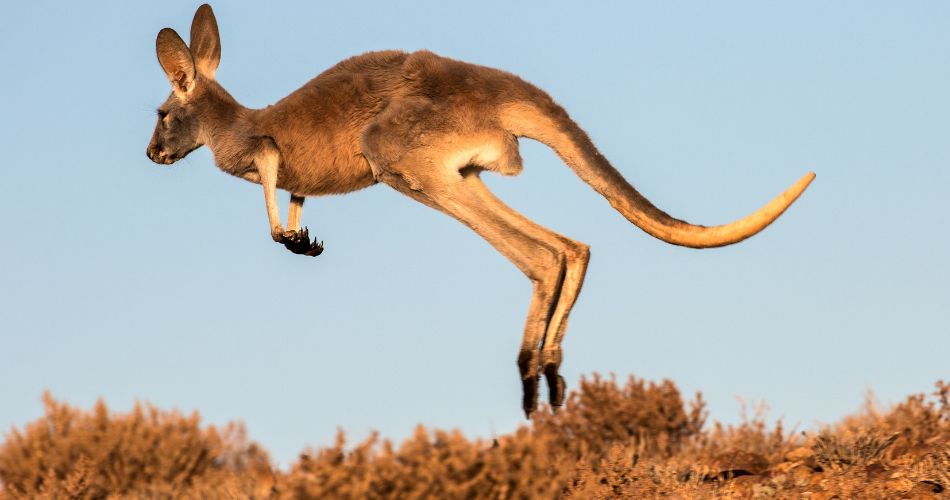
- Kangaroos are the largest living marsupials in the world. 2
- A kangaroo can leap about 9 meters (30 feet) in a single bound and travel faster than 48 km/h (30 mph). 3
- The tail of a kangaroo serves as a “fifth leg” when moving slowly — it helps with balance and support.
- Female kangaroos have a pouch in which a tiny newborn (joey) crawls unassisted soon after birth and continues to develop. 3
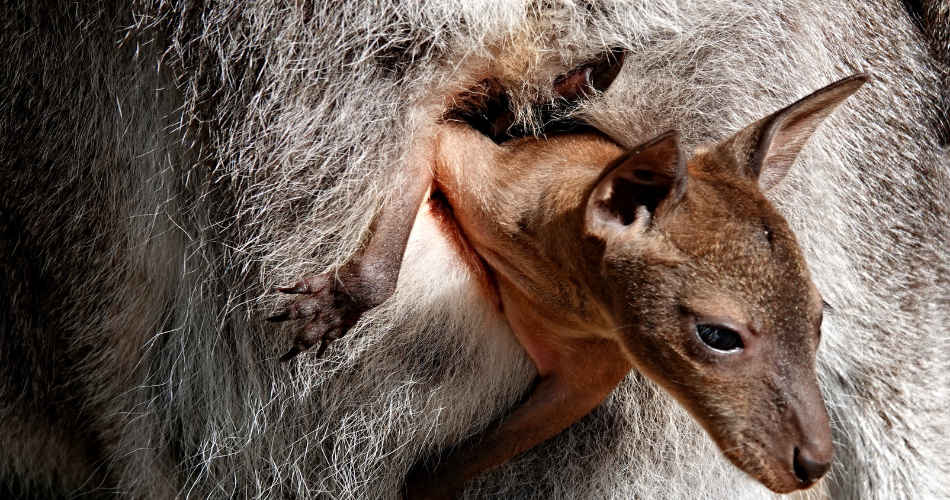
- Some kangaroo species live in groups called “mobs” in Australia, for example, the Eastern Grey Kangaroo lives in home ranges of up to about 5 km.
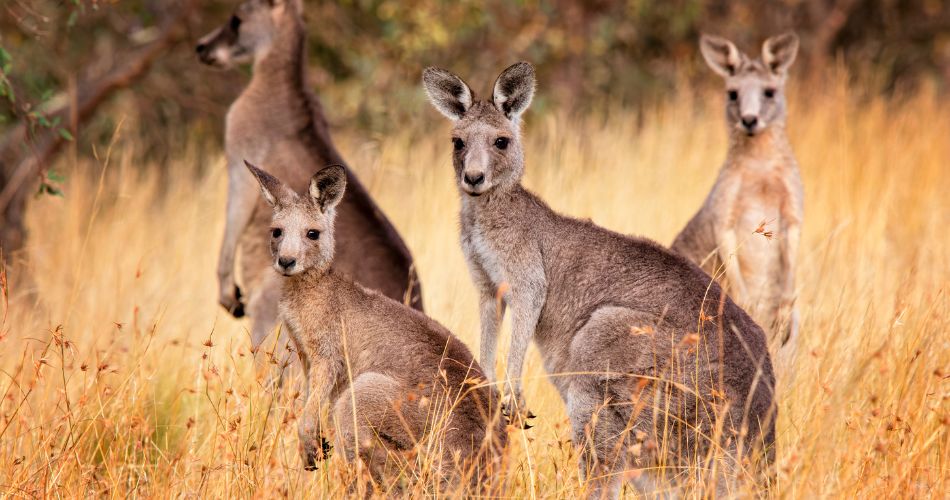
- There are tree kangaroos that live in rainforests of north‑east Australia and New Guinea, and they are the largest arboreal (tree‑dwelling) marsupials in that region.
- In Australia, kangaroos are very numerous—there are more kangaroos than people in the country, which leads sometimes to human‑animal conflict issues (for example, vehicle collisions).
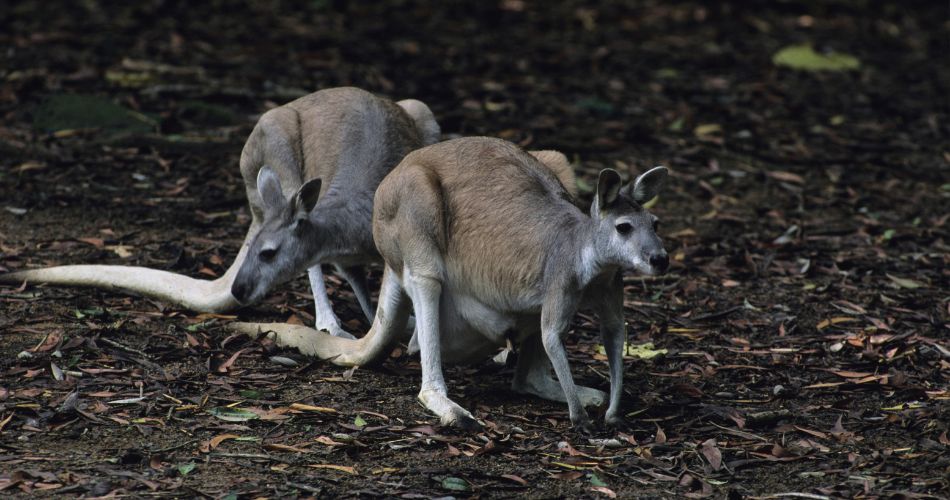
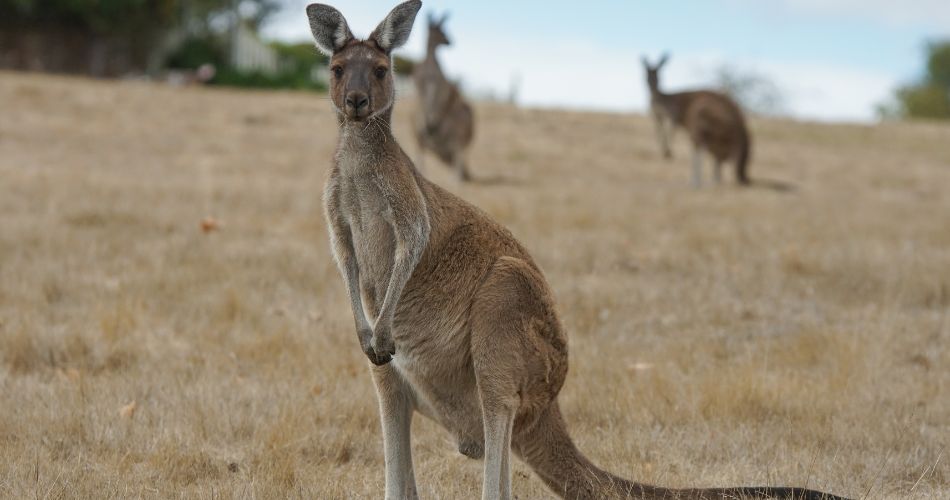
How to Observe World Kangaroo Day
You don’t need to travel to Australia or become a wildlife expert to join in. This day offers simple, meaningful ways for anyone—whether you’re reading this in Prague or somewhere else—to reflect, learn, and act. You might start by learning one new fact about kangaroos, or by watching a documentary on their lives. You could share your appreciation on social media or talk to friends about what it means to live alongside wildlife. If you feel like doing more, you could support an Australian conservation group, or make a pledge about consumer choices (for example, choosing not to buy certain animal products) and how those affect wildlife globally.
If you are in a community setting (school, club, workplace), you might organize a small event: a talk, an art display, or just a moment of appreciation for the kangaroo. These simple gestures build awareness and empathy.
Here are some straightforward ideas you might try:
- watch a short nature‑video or read an article about kangaroos and then share one interesting thing you learned with someone
- support an organisation working on kangaroo conservation or adopt a symbolic kangaroo in a wildlife programme
- host a small gathering (even virtual) of friends or family and raise a toast to Australia’s wild creatures, including the kangaroo
- if you see a product made from kangaroo leather or a brand using kangaroo skins, pause and ask whether that aligns with your values
- on your social feed post a picture or fact about kangaroos with the hashtag #WorldKangarooDay to help spread awareness
World Kangaroo Day Dates Table
| Year | Date | Day |
|---|---|---|
| 2025 | October 24 | Friday |
| 2026 | October 24 | Saturday |
| 2027 | October 24 | Sunday |
| 2028 | October 24 | Tuesday |
| 2029 | October 24 | Wednesday |
- https://www.worldkangarooday.org/[↩]
- https://australian.museum/learn/animals/mammals/red-kangaroo/[↩]
- https://kids.nationalgeographic.com/animals/mammals/facts/kangaroo[↩][↩]
Subscribe to our newsletter and never miss a holiday again!

